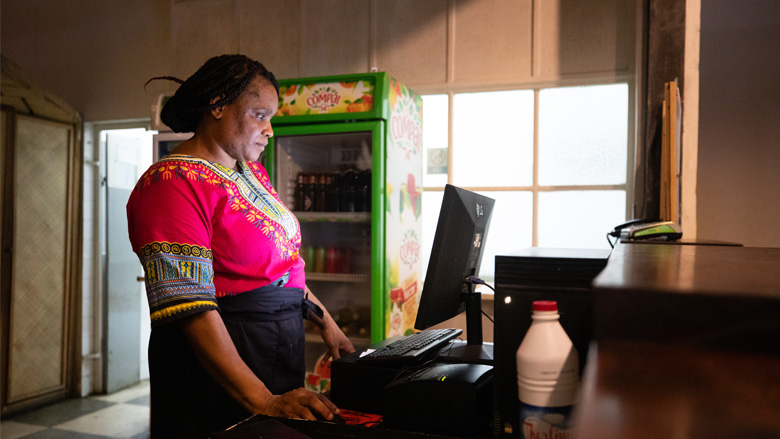The World Bank Group and African Development Bank are addressing this challenge through the launch of “Mission 300” at the 2024 Spring Meetings, a bold initiative aimed at connecting 300 million Africans to electricity by 2030.
This ambitious effort focuses on scaling up access via grid connections and distributed renewable energy solutions, including solar-powered mini-grids and stand-alone installations. These solutions offer not only access to clean energy but also environmental protection by reducing deforestation and promoting sustainable economic growth.
The African continent, soon to house the world’s largest workforce, has the potential to transform into a global economic powerhouse. However, unlocking this potential hinges on one critical factor: access to modern, reliable electricity. Currently, approximately 600 million people in Sub-Saharan Africa remain without power, relying on polluting sources like firewood, charcoal, or expensive generators to meet basic needs.
This lack of affordable electricity stifles development, impacting both people’s well-being and the region’s economic growth.
The importance of accelerating electrification across Africa cannot be overstated. Currently, Africa accounts for nearly 83% of the world’s unelectrified population, a situation that hampers business growth and development. Access to modern energy would strengthen essential services like hospitals, shelters, and climate-resilient agriculture, propelling Africa onto a path of prosperity. The pace of electrification, however, must triple to meet these goals.
Momentum is already building for this initiative. The World Bank Group has pledged to connect 250 million people, while the African Development Bank will connect an additional 50 million. Projects such as the ASCENT program, which is set to bring power to 100 million people across 20 countries in Eastern and Southern Africa, are already in motion.
In Nigeria, the DARES project aims to reach 17.5 million people, replacing costly diesel generators with renewable energy solutions. The Regional Emergency Solar Power Intervention Project (RESPITE), targeting Chad, Liberia, Sierra Leone, and Togo, is another example of the initiative’s reach.
Private sector involvement is essential to meeting the financial demands of electrifying Africa. While development banks are making strides, the scale of investment required exceeds their capacity, necessitating significant private investment in transmission, distribution, and energy trade.
Institutions like the International Finance Corporation are working to create incentives for private businesses to fill these gaps.
Regional partnerships also play a crucial role in the success of Mission 300. Collaborations with organizations such as the Common Market for Eastern and Southern Africa (COMESA) aim to streamline processes and provide technical support, ensuring that projects are investment-ready.
Philanthropic organizations are equally eager to support Mission 300. Key partners like The Rockefeller Foundation and the United Nations’ Sustainable Energy for All initiative are mobilizing public and private funds to complement the resources provided by development banks.
As Mission 300 continues to gather momentum, it brings Africa closer to widespread electricity access, fostering economic growth and improving lives. This mission aligns with the broader goals of the World Bank to eradicate poverty and promote shared prosperity on a sustainable planet.

